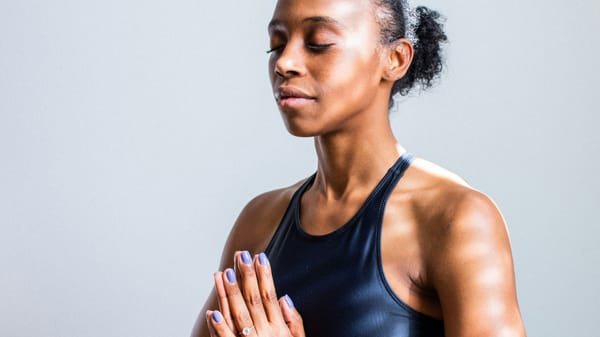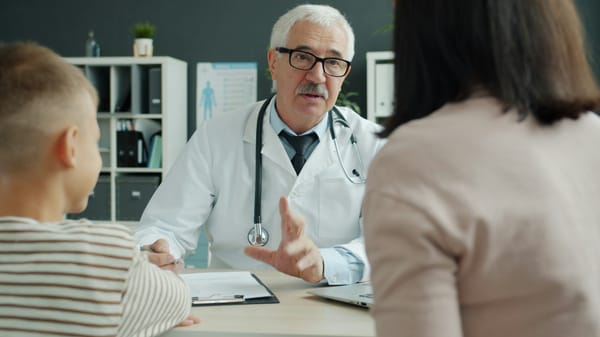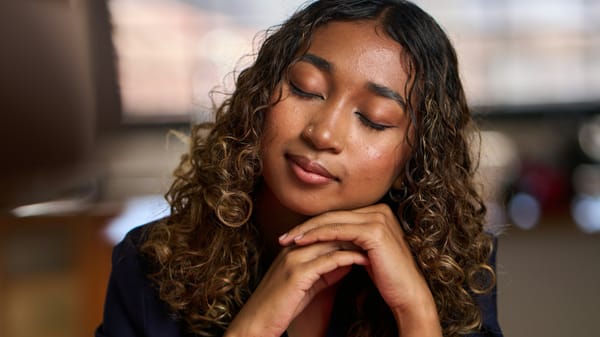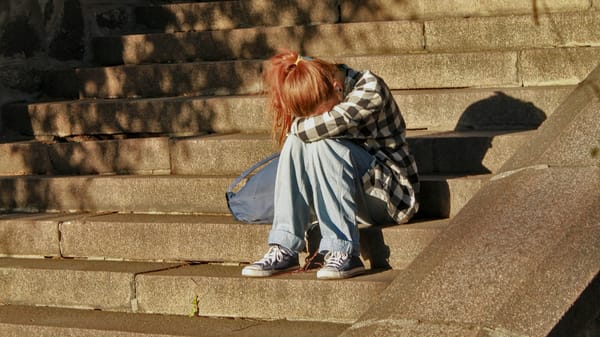The current landscape of medical software and mobile medical apps
and what’s going on in Australia
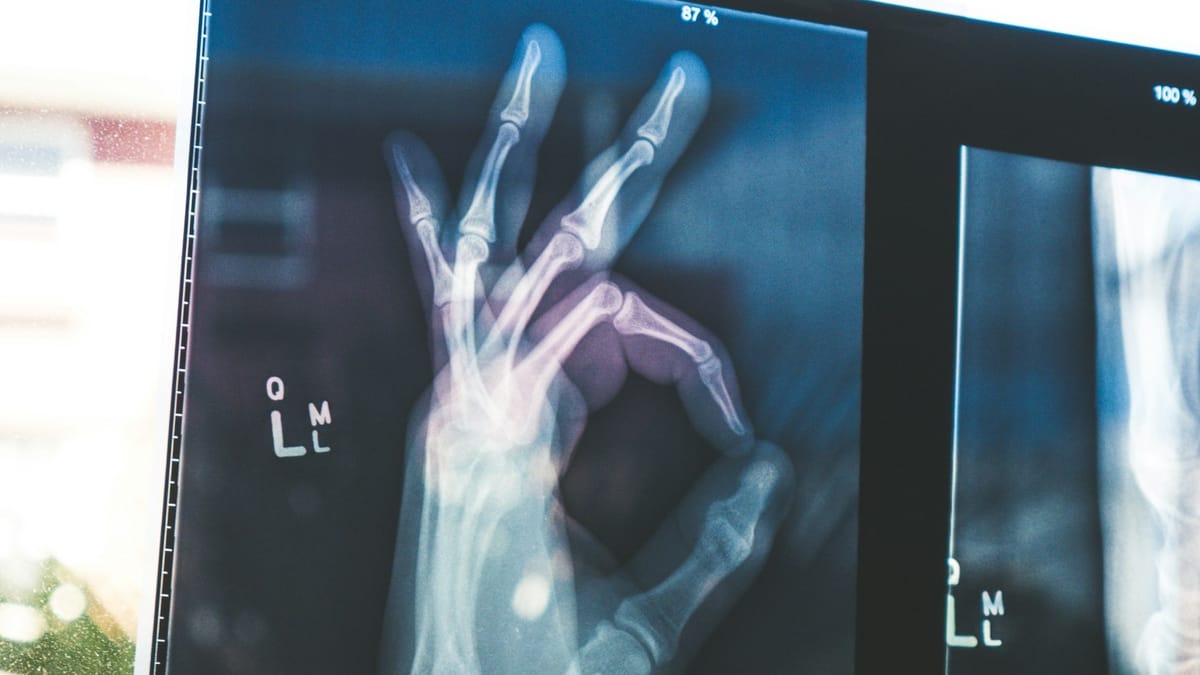
I think in this order Education, Health & government, are the fastest growing niche sector, niche because they require a specialized insight knowledge that other sectors don’t (i.e. health).
From the following case studies, the need and development of apps come from the specific need of a specialist or a department, meeting and understanding a very specific issue, is essential.
Main findings
- TGA (Australia’s regulator of therapeutic goods) and MTAA (The Australian medical technology industry) will eventually regulate the Australian market.
- In some US hospitals, there are internal digital tech departments to research and create Medical software and mobile medical apps, Boston Children’s Hospital is the most notorious (see case studies below)
- The Australian medical technology industry Imports $4.4 billion in goods and exported $1.9 billion. 41,292 medical devices, and over 500 medical technology companies.
- Being a specialist partner means growing in a slow, somehow archaic, bureaucratic, but ultimately with a huge national and global impact.
Medical software and mobile medical apps
Earlier this month the TGA decided to place mobile medical apps within its current regulatory framework if they function as a medical device, as defined by law
Are medical software products considered to be medical devices?
A software product is considered a medical device if it fits the definition in section 41BD of the Therapeutic Goods Act 1989
Regulation
The TGA’s role is limited to the regulation of medical devices including software. As these technologies are relatively new, MTAA (The Medical Technology Association of Australia) recommends that app developers consult regulatory authorities to determine whether medical device regulations apply”
“I don’t think [the app sellers] will be influenced by the FDA or TGA. They will be regulated by the market itself. If there are a number of apps to choose from, seeing the accreditation from the FDA or TGA may make the difference”
MTAA in its submission on Apps Purchases by Australian Consumers on Mobile and Handheld Devices dated January 2013 recommended the “regulation of smartphone medical apps that are intended by the developer to cure, treat, monitor or diagnose a medical condition.” In that paper the MTAA mentions that the TGA has stated that it will regulate health apps for smartphones as the need arises.
Sources
The Australian medical technology industry
The 2013 fact book Medical Technology in Australia
Key facts
- Had a turnover of approximately $10 billion in 2012
- Was responsible for 41,292 medical devices listed on the Australian Register of Therapeutic Goods \ including over 500 medical technology companies with products listed on the ARTG
- Was mainly located in NSW (55%) followed by Victoria (24%) and Queensland (12%)
- Imported goods to the value of $4.4 billion and exported goods to the value of $1.9 billion.
Other Key facts
- According to the latest HIMSS Mobile Technology Survey, the proportion of clinicians using mobile technology to collect data at the bedside rose to 45 per cent in 2012 from 30 per cent the year before.
- Clinicians using mobile technology to monitor medical-device data increased to 34 per cent from 27 per cent, and those using bar-code readers on mobile devices rose to 38 per cent from 23 per cent.
- But the vast majority of health-related apps are aimed at consumers.
- According to the Pew Internet Project, about 35 per cent of cell phone owners used their phones to look up health information in 2012, compared with 17 per cent the year before.
- A separate report from Research2guidance estimated 247 million mobile phone users downloaded health apps in 2012, nearly twice as many as in 2011.
Smartphone apps within the healthcare industry fall into two main categories
- Health apps
- Medical apps
Health apps do not require approval in Australia from the Therapeutic Goods Administration (TGA). These apps relate to the general health and well-being of the individual and involve non-invasive monitoring programs such as monitoring calorie intake. By contrast, medical apps can be utilised for the purpose of providing diagnostic tools and remote monitoring and can include sensor-based applications. There are far fewer medical apps than there are health apps
Medical apps can be designed to operate in collaboration with other devices, with the purpose of providing a medically beneficial outcome, for example:
- Sanofi Aventis’s sensor-based iBGStar Diabetis monitoring app measures blood glucose; An insulin pump, where the app controls the delivery of insulin; A blood pressure cuff, where the app controls the inflation and deflation of the cuff;
- The AliveCor iPhone ECG, where the app allows for the measurement, storage and display of ECG signals; and
- The Mobisante MobiUS, allows for the miniaturisation of ultrasound devices and attaches a probe to show images on a smartphone screen.
The market for health and medical apps
In 2011 the global smartphone market for both medical and health apps was worth US$718 million and it is estimated by research2guidance that in 2012 that market was worth US$1.3 billion. The US Food and Drug Administration expects there will be 500 million smartphone users downloading healthcare-related apps worldwide by 2015.
In the US there are approximately 75 ‘mobile medical apps that have received clearance from the FDA
In Australia, the TGA’s medical device regulatory framework provides for the regulation of medical device software, so a medical app with a therapeutic purpose would be held to the same level of scrutiny as other medical devices. Any development of health or medical apps must be carried out with regard to four key areas: regulatory compliance, intellectual property, privacy and data collection, and marketing claims
Medical apps
- Handyscope App (currently priced in the UK at about 995 pounds )
- First Aid — St John Ambulance Australia App
- Pocketderm
- Medical calculator (downloaded more than 700,000 times)
Top 20 apps most recommended for GPs
iOS Top Charts in Australia. Nov 20, 2013
The Australian-specific content is also increasing. Frank Shann’s Drug Doses promises to end the suffering of those who need a little reminder of just how many mg/kg of fentanyl to give a child. Likewise, MIMS Australia now has its product available for the platform, allowing healthcare professionals to look up entire product information. Most of the calculator programs such as MedCalc have the ability to change units, allowing the user to easily modify the program to suit the needs of an Australian medico.
Case study: Melanoma
Melanoma apps rely on the patient taking a photo of the right lesion, or the right part of the lesion”, he said. “Is the resolution good enough? If not, then the image could be misleading
Research into dermatology apps, published in JAMA Dermatology, found that, as of July this year, there were 229 available, with 51.1% aimed at patients, 41.0% aimed at providers and 7.9% aimed at both
“I see many positive things about this technology and when people really do their homework, then it will become a very powerful tool But at the moment I am extremely concerned because there is a definite need for regulation.”
Professor Stephen Lee of the University of Sydney told MJA InSight.
“This is where the FDA and TGA have to come in and accredit those apps which fulfil the medical standards.”
Professor Peter Soyer, a Australasian College of Dermatologists
Case study App: MyPassport. (from Boston Children’s Hospital)
Prototype mobile app for Boston Children’s Hospital delivers medical info directly to patients.
When the hospital fielded surveys and conducted focus groups, Nguyen explains, some families of patients reported that they “felt disconnected from their providers,” especially when English wasn’t their first language. “In some cases, they didn’t know who some of their doctors were.” Among the goals for the app was to provide a “better awareness of tests being done, who their providers are, and what the discharge criteria are” — in other words, what needs to happen in order for them to be released. The app also “helps them organize questions they might have, and get answers before that day’s rounds at 3 p.m.”
Hiep Nguyen, MD, Director of Robotic Surgery, Research and Training Program, Associate Professor of Surgery (Urology)
Source
- http://www.boston.com/business/technology/innoeco/2013/06/at_boston_childrens_hospital_a.html
- http://mobihealthnews.com/22819/experimental-ipad-app-keeps-parents-in-the-loop-at-boston-childrens-hospital/
Case study App: ALICE
(Aggregated Local Information Collected Electronically, from Boston Children’s Hospital)
A smart whiteboard that can print a copy of the caregiver assignment sheet, perform a historical lookup of patient-caregiver assignments and pull information from the board to help doctors find their patients.
Case study App: GPU Occupancy Tracker
From Boston Children’s Hospital
A digital solution to move patients through the gastroenterology procedure unit with the use of a barcode system. After the pilot, patients were moving through the system 12 per cent faster.
Case study App: BEAPPER
From Boston Children’s Hospital
A bidirectional electronic alert patient-centred provider encounter record that serves as a communication tool in the emergency room. In a large emergency department, hospital care providers need a way to communicate better. The app, which was created by Dr Debra Weiner, allows a care team to send quick messages to each other. The Twitter-like application helps caregivers to communicate with each other better and more efficiently, according to a video that Fried shared during her presentation.
The BEAPPER software lets care providers know when orders have been placed, beds are vacant and more. If the program saves providers five minutes per patient, Boston Children’s can see 1,400 additional patients a year, according to Weiner.
Case study App: Tasklist
From Boston Children’s Hospital
Helps organize the way doctors interact with residents on rounds.
Case study App: MyWay
From Boston Children’s Hospital
A way-finding app that tackles the 150 floors and 15,000 rooms of Boston Children’s Hospital. Thus far, the app has had more than 7,000 downloads.
Considerations
Mobile (tablets etc…) will be ubiquitous in the next 7 years, driven by Chinese manufacturers & android increased expansion. A few currents manufacturers are Huawei, zte and Fairphone
Thank you for reading this post! If you found it helpful or informative, please consider sharing a 7 day free trial with your friends, family, or colleagues who might benefit from it.
Your support helps me reach more people and spread awareness on important topics like this. Together, we can make a difference!

